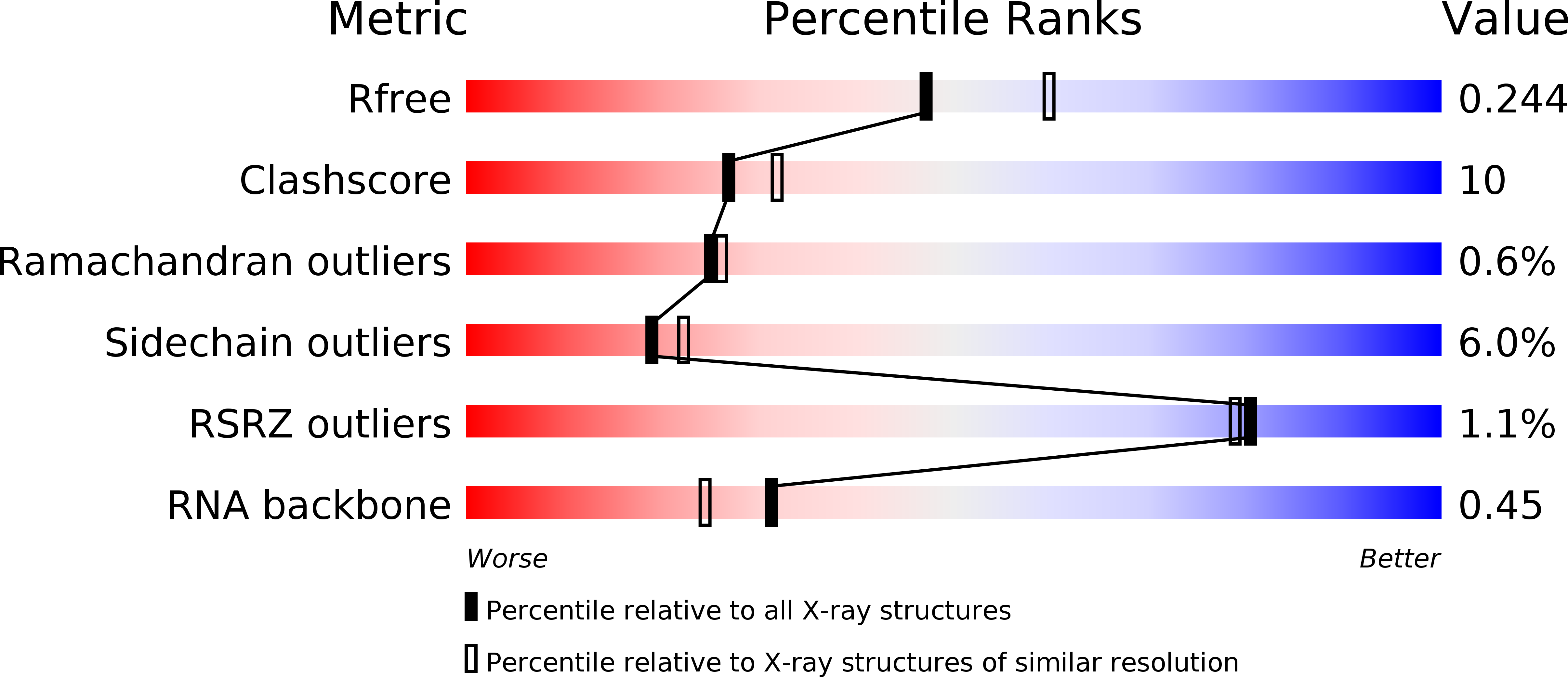
Deposition Date
2010-06-23
Release Date
2010-10-27
Last Version Date
2023-09-06
Entry Detail
PDB ID:
3NNC
Keywords:
Title:
Crystal Structure of CUGBP1 RRM1/2-RNA Complex
Biological Source:
Source Organism:
Homo sapiens (Taxon ID: 9606)
Host Organism:
Method Details:
Experimental Method:
Resolution:
2.20 Å
R-Value Free:
0.25
R-Value Work:
0.19
R-Value Observed:
0.19
Space Group:
I 2 2 2


